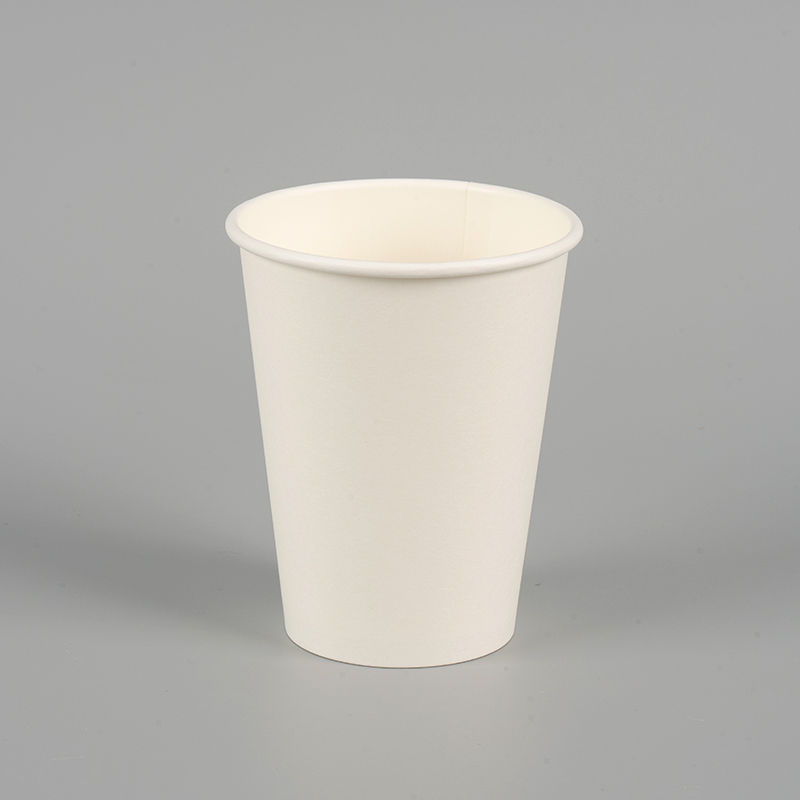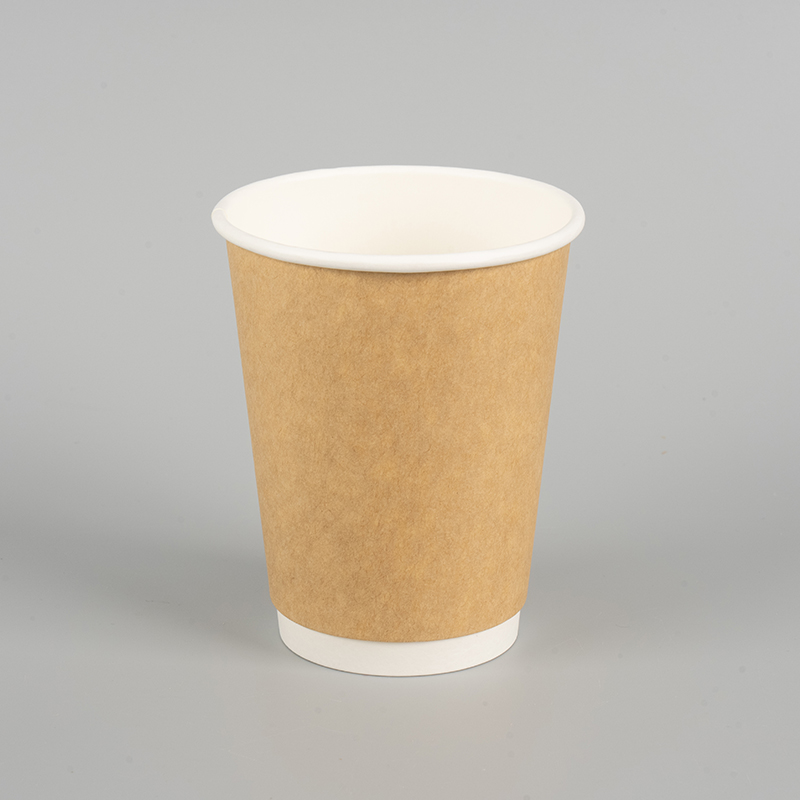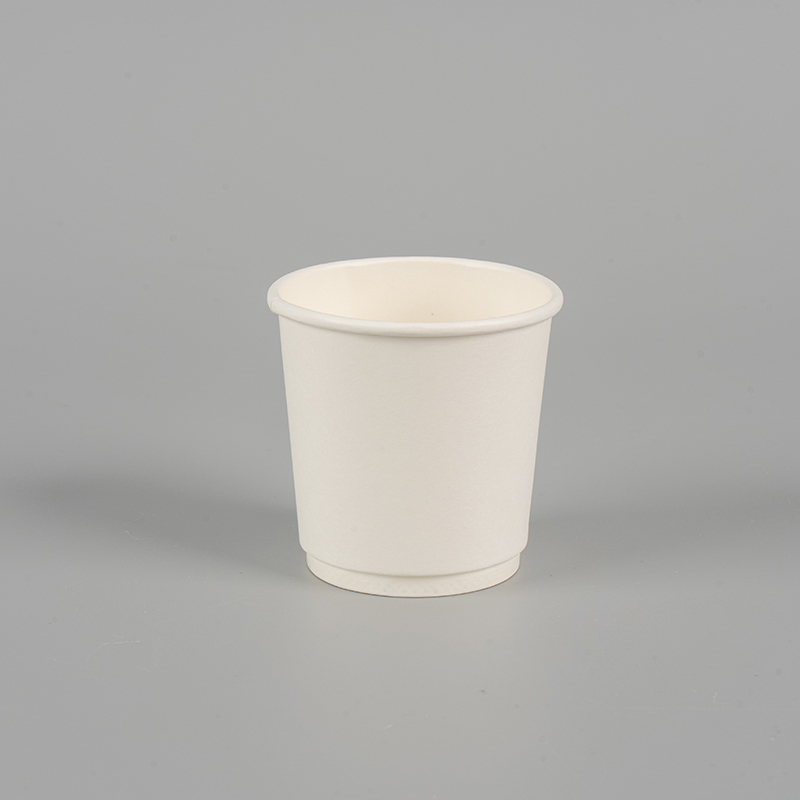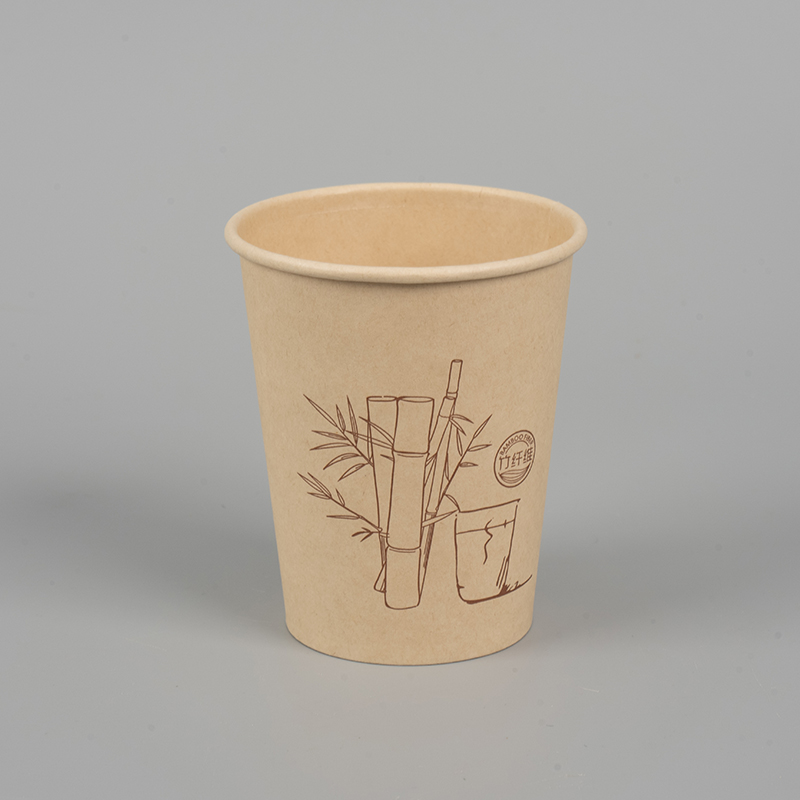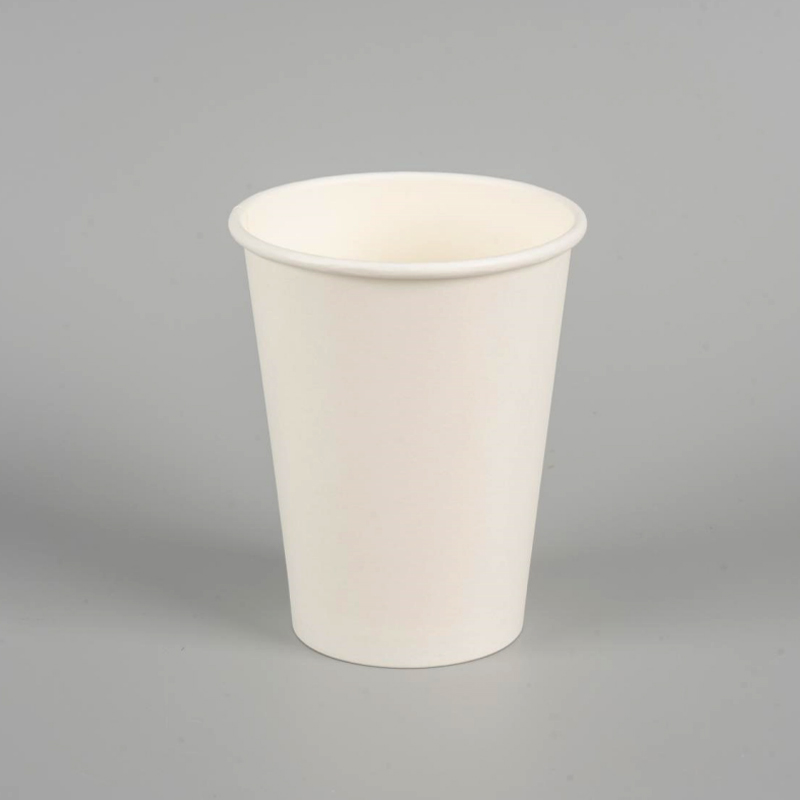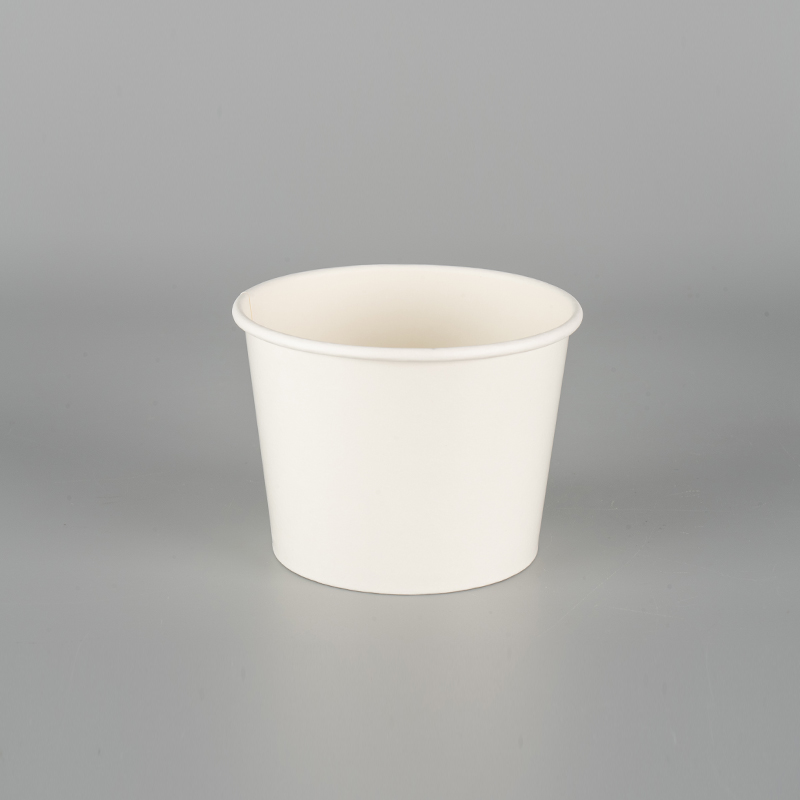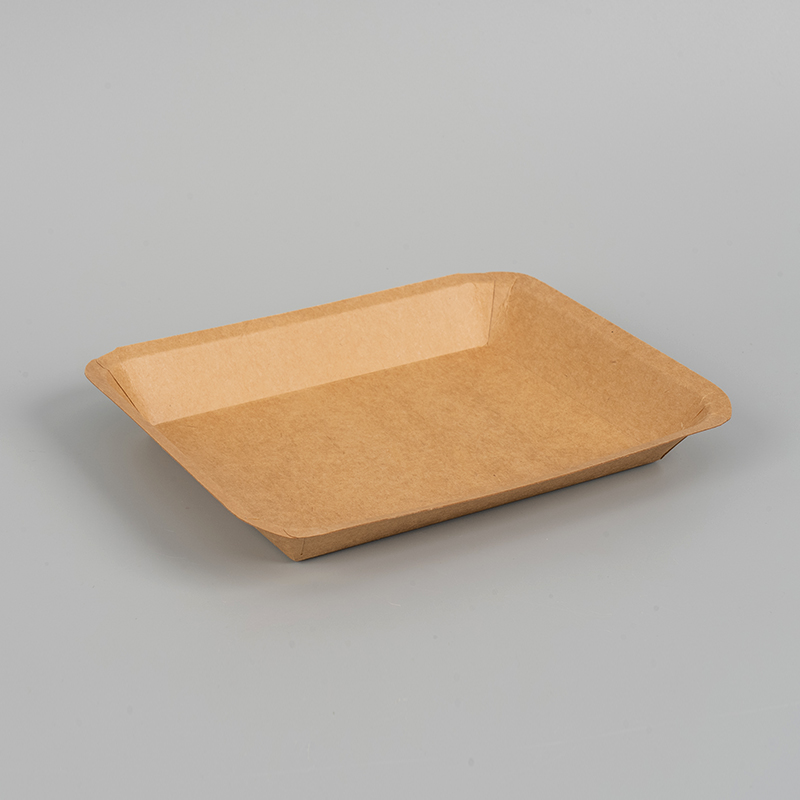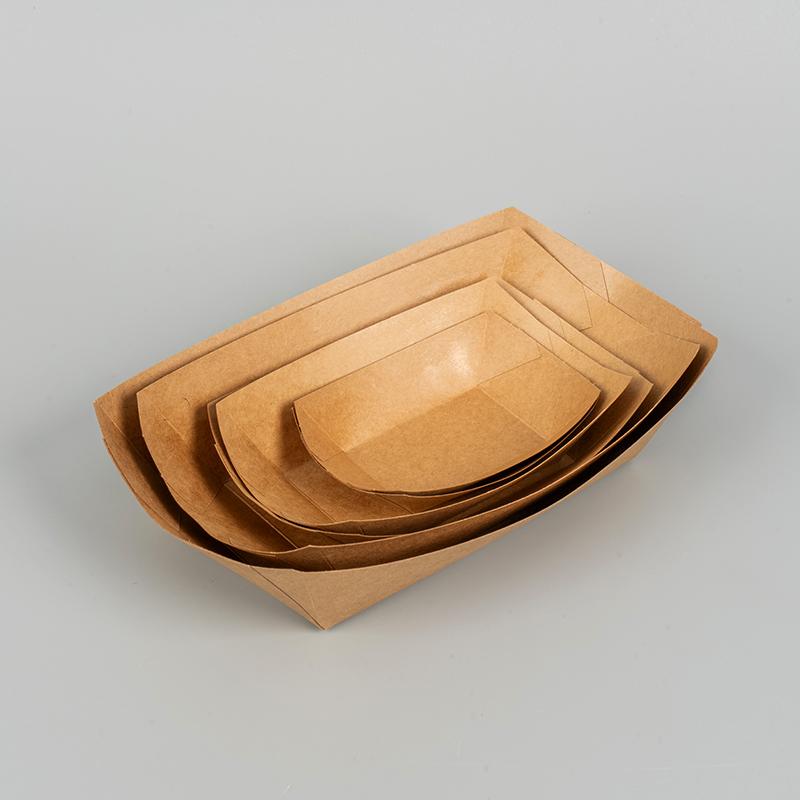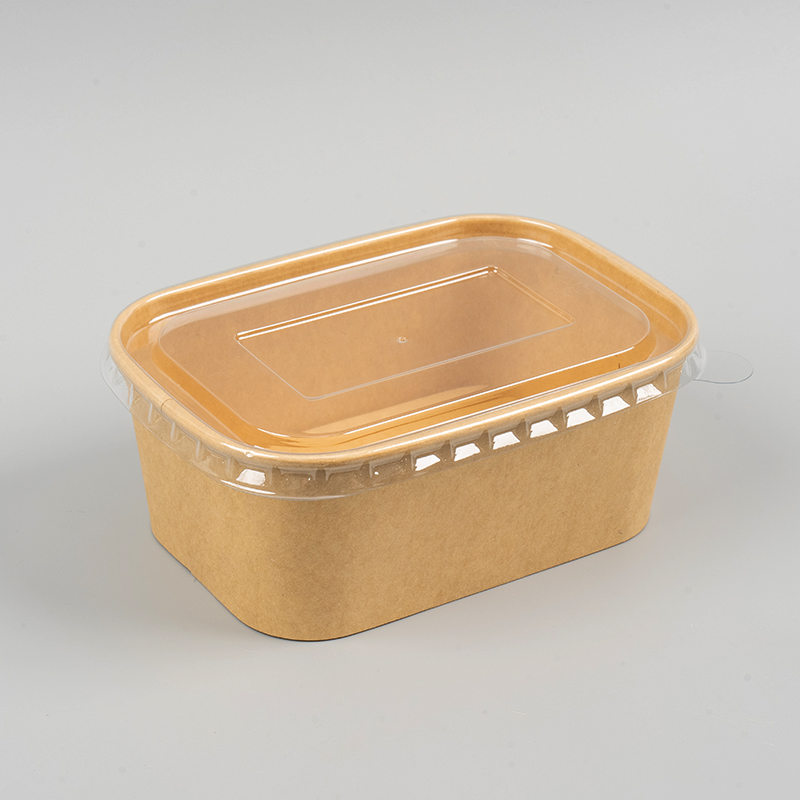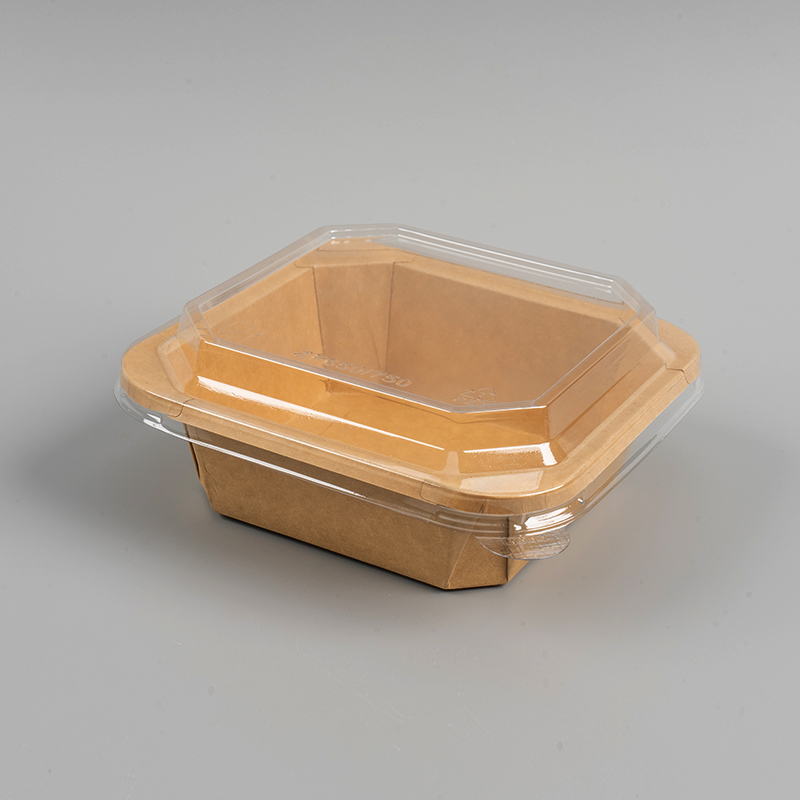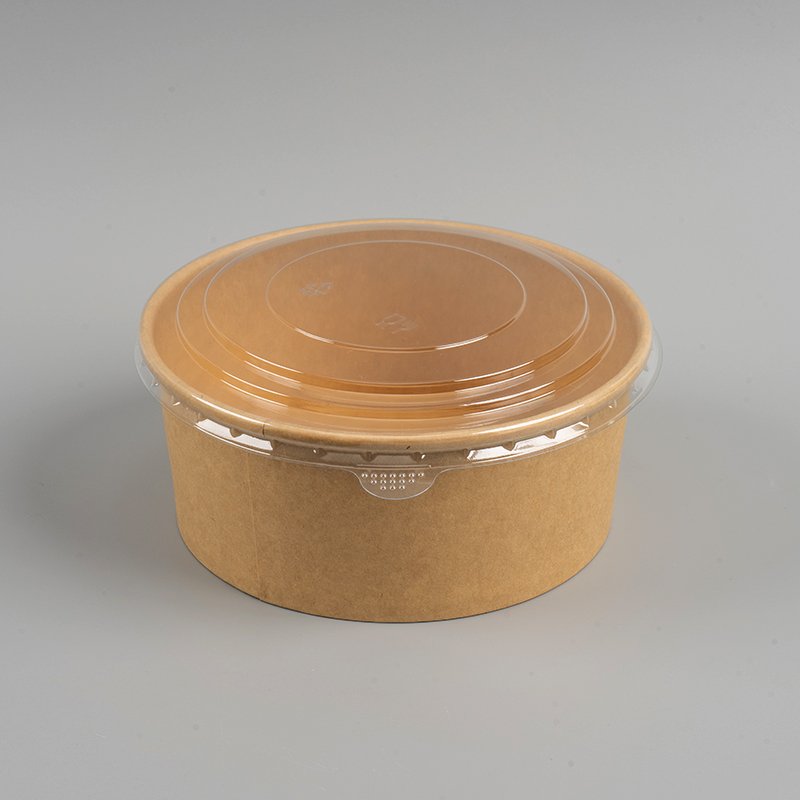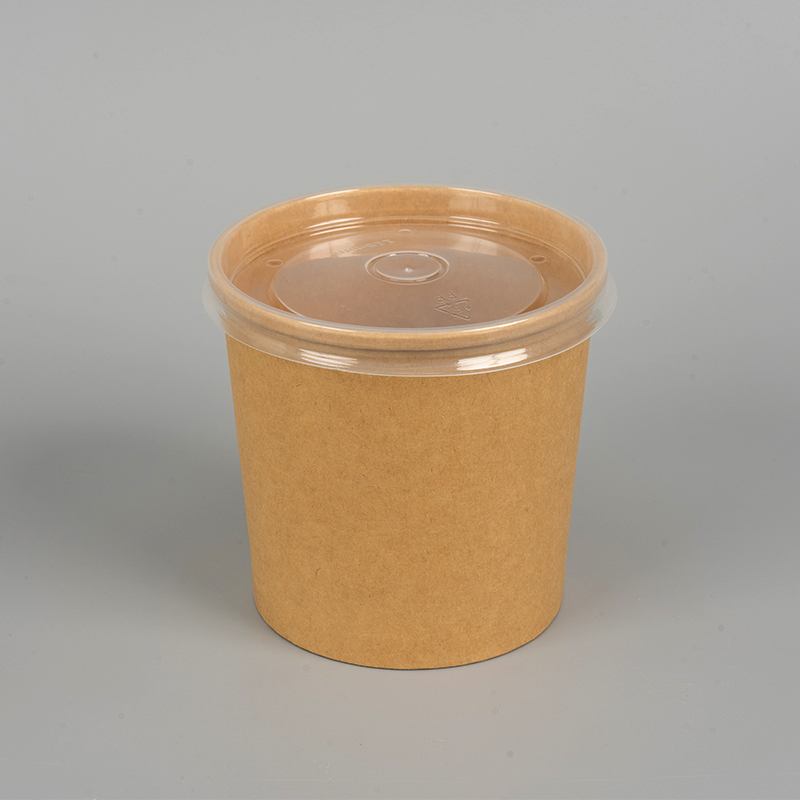What are the food safety standards for paper food containers
Basic definition of food contact materials
Paper food containers belong to food contact materials (FCM), which refers to materials that come into contact with or may come into contact with food during production, processing, packaging, transportation, storage and consumption. Such materials must not migrate harmful substances into food or change food ingredients when in contact with food, and must comply with food safety regulations.
China's national food safety standard system
Paper food containers in China must meet the "Food Safety Law" and its supporting food contact material standards, mainly including the following core standards:
GB 4806.1-2016 "General Safety Requirements for Food Contact Materials and Articles"
Specifies the basic safety requirements for all food contact materials, including raw material requirements, additive management, labeling, and migratable substance limits.
GB 4806.8-2016 "Food Contact Paper and Paperboard Materials and Articles"
Specifies the specific limits and test methods for paper containers in terms of sensory, heavy metals, fluorescent substances, migration performance, and hygiene indicators. It is required that paper containers should have no odor, no fading, no dissolving ink, and limit impurities and microbial residues.
GB 9685-2016 "Standard for the Use of Additives for Food Contact Materials and Products"
Lists the types of food contact additives that can be used in paper product production and the conditions for use. It is prohibited to use unauthorized additives or use them in excess of the limit.
GB/T 27590-2011 "Rapid Detection Method for Food Contact Paper and Paperboard"
Applicable to enterprises for rapid screening of indicators such as fluorescent brighteners, heavy metals and total migration, and assist in the quality control process.
EU Standard Reference
Paper food containers exported to the European market should comply with the EU "Food Contact Materials Regulation" (EC) No 1935/2004. The regulation requires that all food contact materials must:
Not release substances that are harmful to human health;
Not affect the composition or sensory properties of food;
Meet good manufacturing practices (GMP).
Paper products need to refer to technical standards such as EU Council Resolution 2002/72/EC and EN 1186. Oil resistance, deinking test, specific migration level (SML), etc. are routine test items.
US FDA Regulatory Framework
Paper food containers exported to the US market must comply with the relevant provisions of the US Food and Drug Administration (FDA) 21 CFR. Common applicable items include:
21 CFR 176.170: Paper and paperboard in contact with aqueous foods
21 CFR 176.180: Paper and paperboard in contact with dry foods
This regulation lists the raw materials, coating agents, additives and usage specifications of food contact paper. All materials must be approved by the FDA and are strictly prohibited from containing impurities or heavy metals that are harmful to the human body.
Food grade certification and third-party testing standards
On the basis of meeting national mandatory standards, companies can also improve product reputation through international certification:
SGS test report
The main test items include total migration, heavy metal content, fluorescent substances, microbial limits, etc., which are common third-party testing standards.
FDA food grade contact material certification
Helps prove that the product meets the requirements of the US market and is suitable for cross-border e-commerce and export business.
LFGB (German Food and Daily Necessities Law) certification
The requirements are higher than the basic EU standards and are widely used in the high-end market.
ISO 22000 Food Safety Management System Certification
Reflects the company's systematic safety control capabilities in the food packaging production process.
Technical parameters of migration test
Migration test is the core technical means to evaluate the food safety performance of paper food containers, mainly including:
Overall Migration Limit (OML)
The total non-volatile substances released into the food after the test container contacts the simulated food, in mg/dm², and the limit is usually 10 mg/dm².
Specific Migration Limit (SML)
The maximum migration concentration set for certain high-risk chemicals (such as phthalates and bisphenol A), usually expressed in mg/kg.
Fluorescent substances and heavy metal migration
Including migration limits of elements such as mercury, lead, chromium, cadmium, and arsenic, to ensure that no harmful metals are introduced due to printing or dyeing processes.
Sensory and physical performance requirements
No odor, no color
No odor residue that affects the taste or smell of food.
Structural integrity
The container must not have peeling, breaking, debonding, deformation, etc., and must ensure stability during transportation and heating.
Printing ink safety
The printed part must not contact food, and water-based ink or environmentally friendly ink that meets food grade requirements must be used.
Hygiene indicators and microbial limits
Paper food containers may be contaminated by microorganisms during storage and use. The national standard stipulates the following hygiene indicators:
Total colony count: ≤500 CFU/g
Eliform bacteria: not detectable
Mold and yeast: ≤100 CFU/g
Salmonella, Staphylococcus aureus: not detectable
To ensure compliance, companies should complete finished product packaging in a dust-free, closed production environment.


 中文简体
中文简体